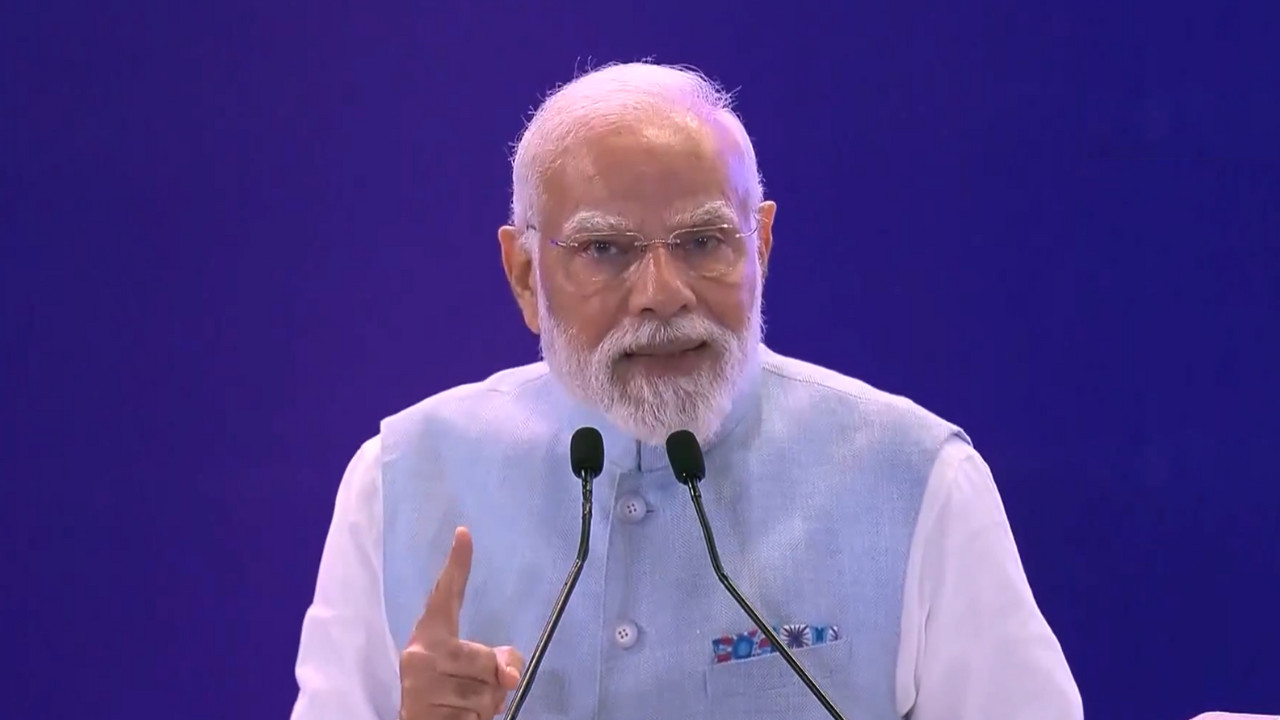China has criticized Donald Trump’s threat of a 100% tariff as the “wrong approach,” advocating for dialogue and consultation instead. The ministry defended its rare earth export controls, stating they align with laws and international practice, and are aimed at safeguarding peace and fulfilling obligations.
Navigating the Trade Winds: China’s Response to Trump’s Tariff Talk
The global economic landscape is once again bracing itself for potential turbulence. Former US President Donald Trump’s recent suggestion of imposing tariffs exceeding 60% on Chinese goods has sent ripples through international markets, prompting a firm, yet carefully worded, response from Beijing. It’s a move that could significantly reshape the dynamics of the US-China trade relationship – a relationship already navigating complex geopolitical currents.
China’s stance, as conveyed through official channels, is clear: dialogue, not confrontation, is the path forward. The Chinese government has urged the US to adopt a “correct approach,” emphasizing the need for discussions based on equality and mutual respect. This call for dialogue comes as a direct counterpoint to the potential tariff hikes, which China views as a coercive measure that undermines the principles of fair trade.
This isn’t simply about dollars and cents. The implications of such tariffs extend far beyond the immediate impact on import and export figures. They touch upon the broader question of global economic stability and the future of international trade relations. A trade war, even a localized one, rarely benefits anyone in the long run. Supply chains become disrupted, consumers face higher prices, and businesses grapple with uncertainty, hindering investment and growth.
Understanding the Motivation Behind Potential Tariffs
Why the resurgence of tariff talk now? Trump’s statements, delivered during his presidential campaign, hint at a desire to protect American industries and jobs. The argument, frequently voiced, is that China’s trade practices are unfair, leading to a trade deficit that disadvantages US companies. However, critics argue that such protectionist measures ultimately harm American consumers and businesses that rely on affordable goods and materials from China.

The complexity of the US-China trade relationship cannot be overstated. It’s a tightly interwoven tapestry of mutual dependencies, where each nation plays a critical role in the other’s economic ecosystem. Untangling these threads through unilateral actions like imposing high tariffs could have unforeseen and potentially damaging consequences for both economies. The impact on global supply chains, which are already strained by geopolitical events, is a key concern.
The Importance of Dialogue and a Balanced Approach
China’s emphasis on dialogue is not simply a diplomatic nicety. It reflects a deep understanding of the interconnected nature of the global economy. Resolving trade disputes requires a nuanced approach that takes into account the legitimate concerns of both sides. Imposing blanket tariffs, without engaging in meaningful discussions, is unlikely to lead to a sustainable solution.
What a “correct approach” looks like from China’s perspective likely involves addressing specific trade imbalances and market access issues through negotiation and compromise. It also requires acknowledging the significant progress that China has made in opening up its economy and adhering to international trade rules. There’s a delicate balance to be struck between protecting domestic industries and fostering a fair and competitive global marketplace.
What’s Next for US-China Trade?
The future of US-China trade hinges on the willingness of both sides to engage in constructive dialogue. While the threat of tariffs looms large, the possibility of finding common ground through negotiation remains. The stakes are high, not just for the two nations involved, but for the entire global economy. The world will be watching closely to see if cooler heads can prevail and a path towards a more stable and predictable trade relationship can be forged. This also brings up the broader debate about fair trade and the challenges of navigating international commerce in an increasingly complex world. Perhaps further reading about global trade agreements can provide valuable insights.
Ultimately, the success of the US-China trade relationship depends on fostering mutual understanding, addressing legitimate concerns through dialogue, and avoiding protectionist measures that could destabilize the global economy. The coming months will be crucial in determining whether both nations can navigate these trade winds towards a more prosperous future for all.







